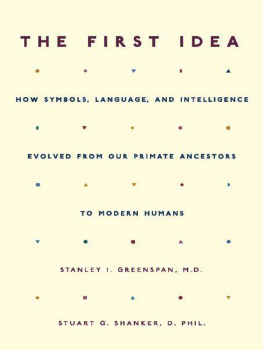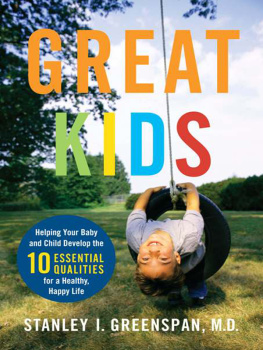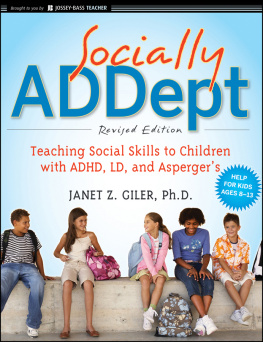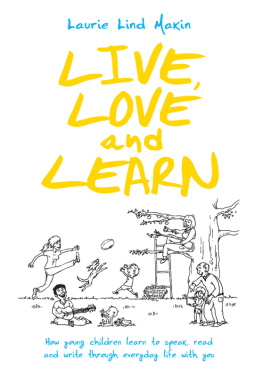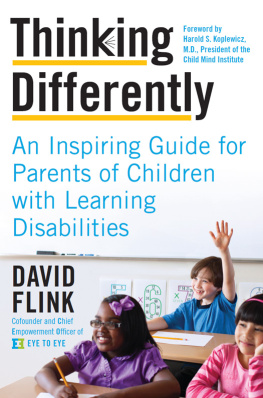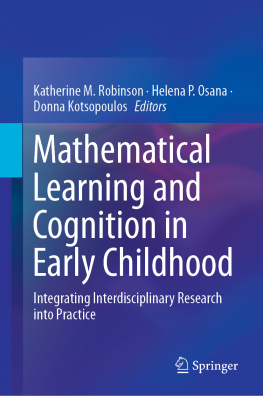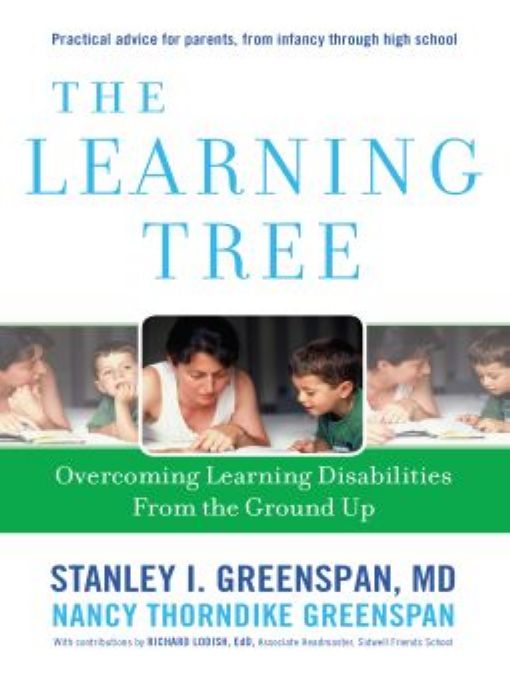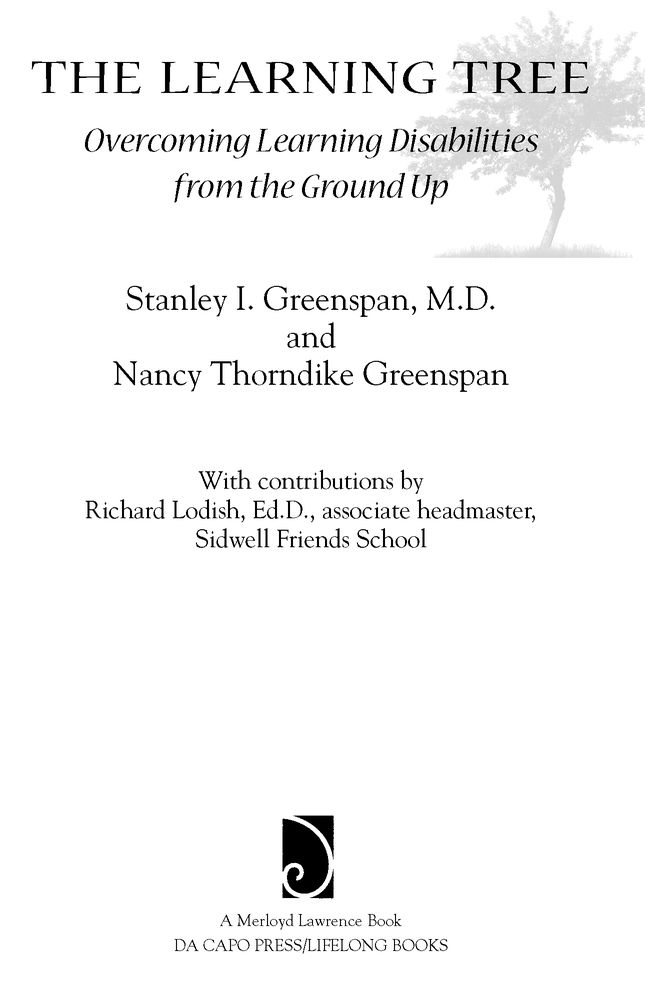Table of Contents
To the thousands of children who have flourished because of the developmental insights of Stanley Greenspan... and to the thousands and thousands more who will do so in the future.
With love, Nancy
Introduction
The Learning Tree
Surprise, anticipation, pleasureeyes wide with excitement, mouth round with amazement, bright giggles in the air. These are the moments of wondrous discovery in a young childs life.
Children love to learn. From the first minute of their day, learning saturates every pulse. Their senses stand alert and eager to absorb more. At every opportunity, they seek out new encounters and challenges. They want more and more of whatever will expand their world. Children want to learn.
Yet, for many children, this zest does not endure. Once in school, they fiddle, they squirm, they whisper to friends, they do whatever they can not to pay attentionand not to learn. What switch flipped? What change made these adventurous little beings seemingly less curious, especially as their world becomes more complex and fascinating?
In the past, schoolchildren learned mostly by repetition and drilling, hardly the thrilling moments of their younger years. Mishaps often brought a stinging rap across the knuckles. More recently, educators gained the insight to focus on some basic abilities needed for reading and writing, such as figuring out sound patterns and basic motor skills. When these techniques took center stage, children nudged a little closer to their own natural style of learning, but for many children, their earlier wonderment and curiosity about the ever-expanding world still fade.
If you sense this happening in your child or in children in your classroom, we hope that the new approach presented in this book will reignite their excitement and joy in learning.
The research that led to this new approach began in 1975 when a group of pediatricians, child psychiatrists, and psychologists came together to discuss intellectual and emotional growth in early childhood. The pioneersBerry Brazelton, Reg Lourie, Selma Fraiberg, and Ed Zigler among themand the then-younger generation (myself included) wanted to launch a new era in understanding young children. The pioneers had begun the foundation for this understanding. Fraibergs The Magic Years gave nascent insight into how childrens knowledge grew, for instance how they learned to recognize patterns and how they acquired logic. But even so, the notion of babies and young children as little adults still permeated public perception.
The work of our group had to begin at the beginningthat is, with infants. When we explained the purpose of our research to other developmental experts, the response was often, What emotional or cognitive problems can babies have?
Our initial goal was to map the fundamental building blocks of childrens emotional and intellectual development. Along with many of my colleagues, Ive spent the intervening years trying to understand how healthy development progresses and why problems can occur. Now we have some answers. Once we saw how the fundamentals fit together, we could see what children need, whatever their age, and could identify for an individual child which of the basic building blocks have to be strengthened. (Please note: first-person pronouns in the general text refer to Dr. Stanley Greenspan.)
The Learning Tree draws on these many years of research. Because of this legacy, it takes a developmental perspective. Going beyond basic academic skills and even underlying abilities, such as recognizing sound and shapes used for reading, we show how the learning abilities themselves develop.
A developmental approach to learning takes into account all of a childs senses and his motor system. Most important, it recognizes the role of emotions in using and integrating these natural gifts. In early development, it is emotions that lead a child to use what he sees, hears, smells, tastes, and touches as well as to plan movement. Emotions start off as a physiological system receiving input from the senses. Then, through interpersonal experience, they drive a childs interest in the world and create an internal mental life. In other words, his emotions are the orchestra leader for the other parts of his mind. Understanding how emotions shape a childs mind into an integrated whole is the key to the developmental approach.
A developmental approach can expand the potential for all of us because all of us have strengths and weaknesses in our intellectual abilities no matter how high our IQs. Take Albert Einstein. He avoided speaking English because he could not speak it well, even though he lived in an English-speaking country for more than twenty years. One of the most brilliant minds ever could not master a skill that many of the most ordinary German refugees accomplished with little effort. Given the trade-off, we would all probably like to have Einsteins problem. If our children were discovering relativity, we would not sweat the small stuff such as learning a second language. But Einsteins difficulty with foreign languages certainly makes the point that there are always weaknesses, even in a genius. When abilities develop, new neural pathways form in the brain. Biology is not destiny if we detect problems early and give children extra practice with those skills that dont come easily.
Children who seem academically bewildered or whose curiosity seems to have shut down can reawaken their early joy and excitement. In our developmental approach, childrens own innate ways of acquiring knowledgeones that they have practiced since first turning to look at a parentform the basis for their future learning. By observing how childrens ways of learning build and expand through our decades of research, we have drawn a developmental map that describes the growth of fundamental abilities on which are built such critical, overriding skills as thinking and problem-solving. For children who appear to have lost their way in school, our understanding of this developmental process lets us pinpoint a step the child may have missed and focus on building this step to solidify the foundation.
It all begins simplyeven with what are ultimately very difficult educational pursuitsbecause each new nugget of knowledge builds on an earlier one. Just take learning to read. As our group and others have seen, infants quickly learn to recognize the different sounds their caregivers make. They then construct patterns out of these sounds, and as they mature, they use these to decipher spoken and eventually written words. Our map shows how words come to have meaning: how babies and toddlers come to understand what the word love means or how words like want and need are similar, yet different. Insight into this process allows us not only to raise every childs reading comprehension but also to help him understand language more deeply. Our map of these and the many other steps in between enables us to help any struggling child become a better and more effortless reader. Its all in knowing how to lessen weaknesses and complement strengths.
Similarly, our map for building mathematical and scientific reasoning begins early on. We examine how children learn that a lot is more than they need, and a little is less than they want, and how they come to understand numbers and other symbols that quantify and manipulate different amounts of things.


